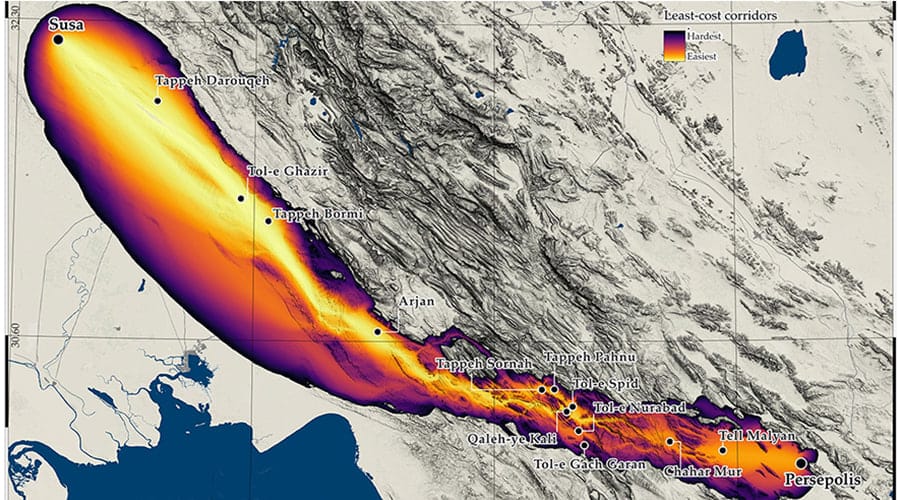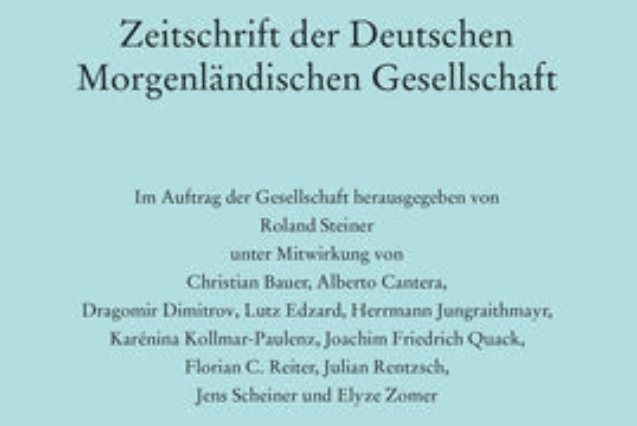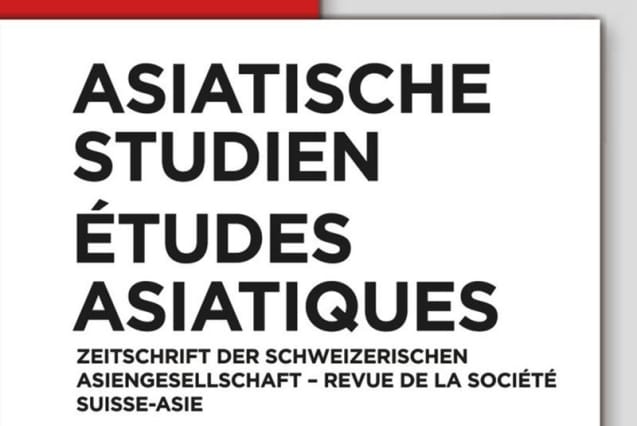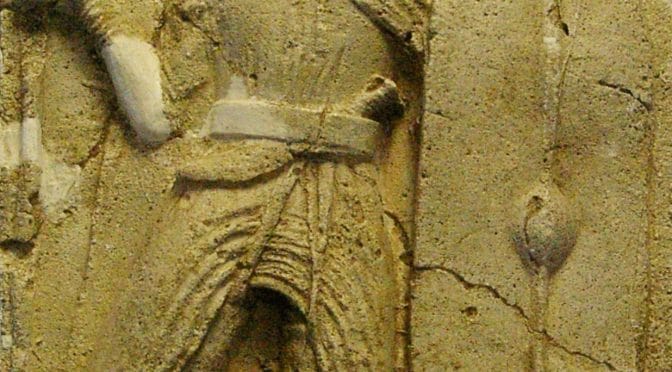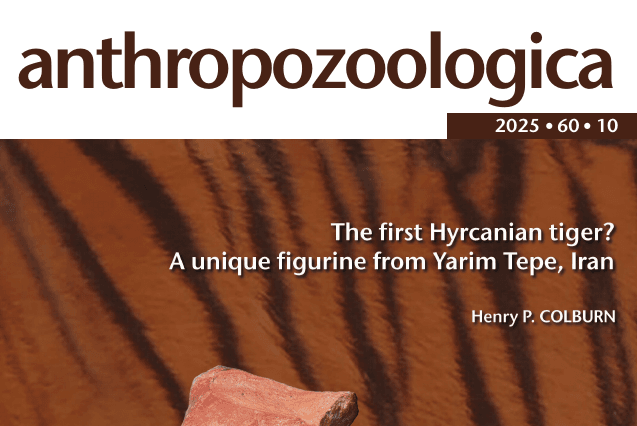Hackl, Johannes. 2025. The Unfinished Story of the Babylonian Version of the Bīsotūn (Behistun) Inscription (DB Bab.). Iraq. Published online 2025:1-20. doi:10.1017/irq.2025.10033
This article revisits the editorial history of the Babylonian (Akkadian) version of the Bīsotūn (Behistun) Inscription (DB) to establish the extent of the surviving text in light of a re-examination of the inscription at Mount Bīsotūn (Behistun). Questions arising about the reliability of the standard edition presented in Von Voigtlander (1978) prompted a critical review of her new readings, which significantly expand the text by approximately two-thirds compared to what previous commentators recorded and what is visible on the rock face today. The article focuses on the results of this scrutiny, supported by information from Von Voigtlander’s correspondence with George G. Cameron and Matthew W. Stolper, highlighting the implications of their discussions.

